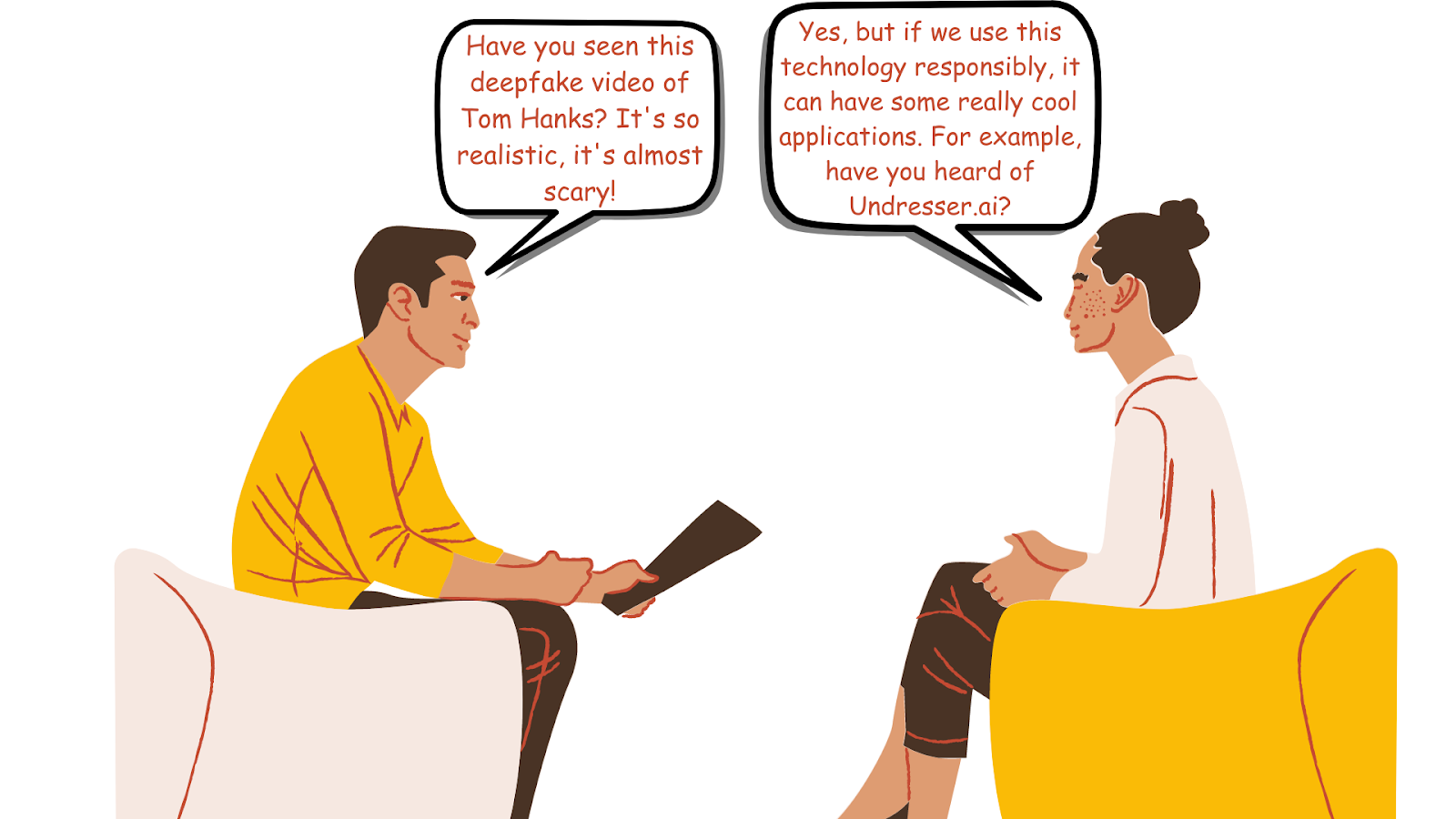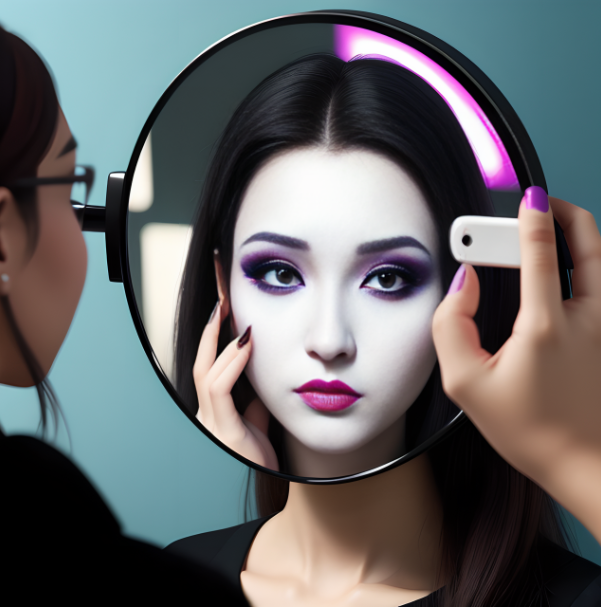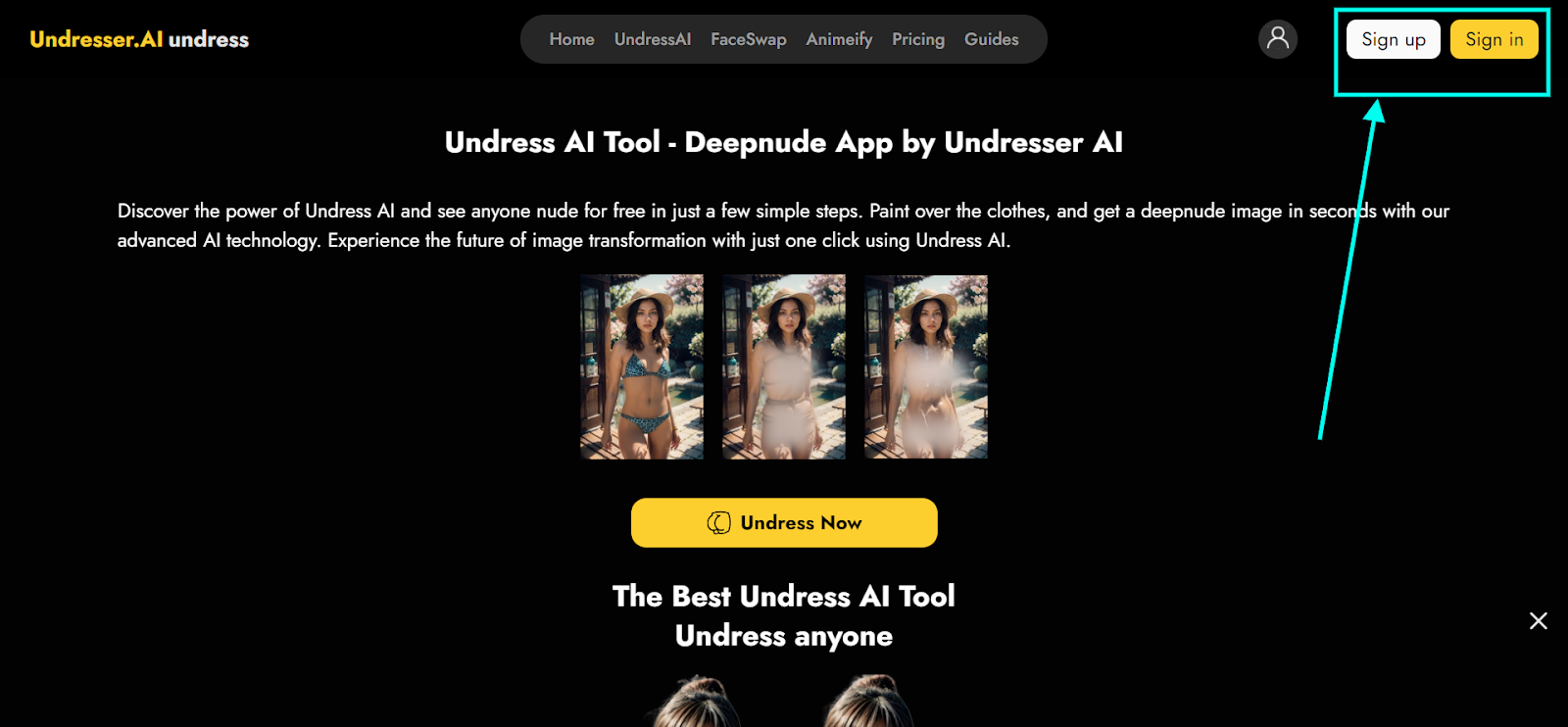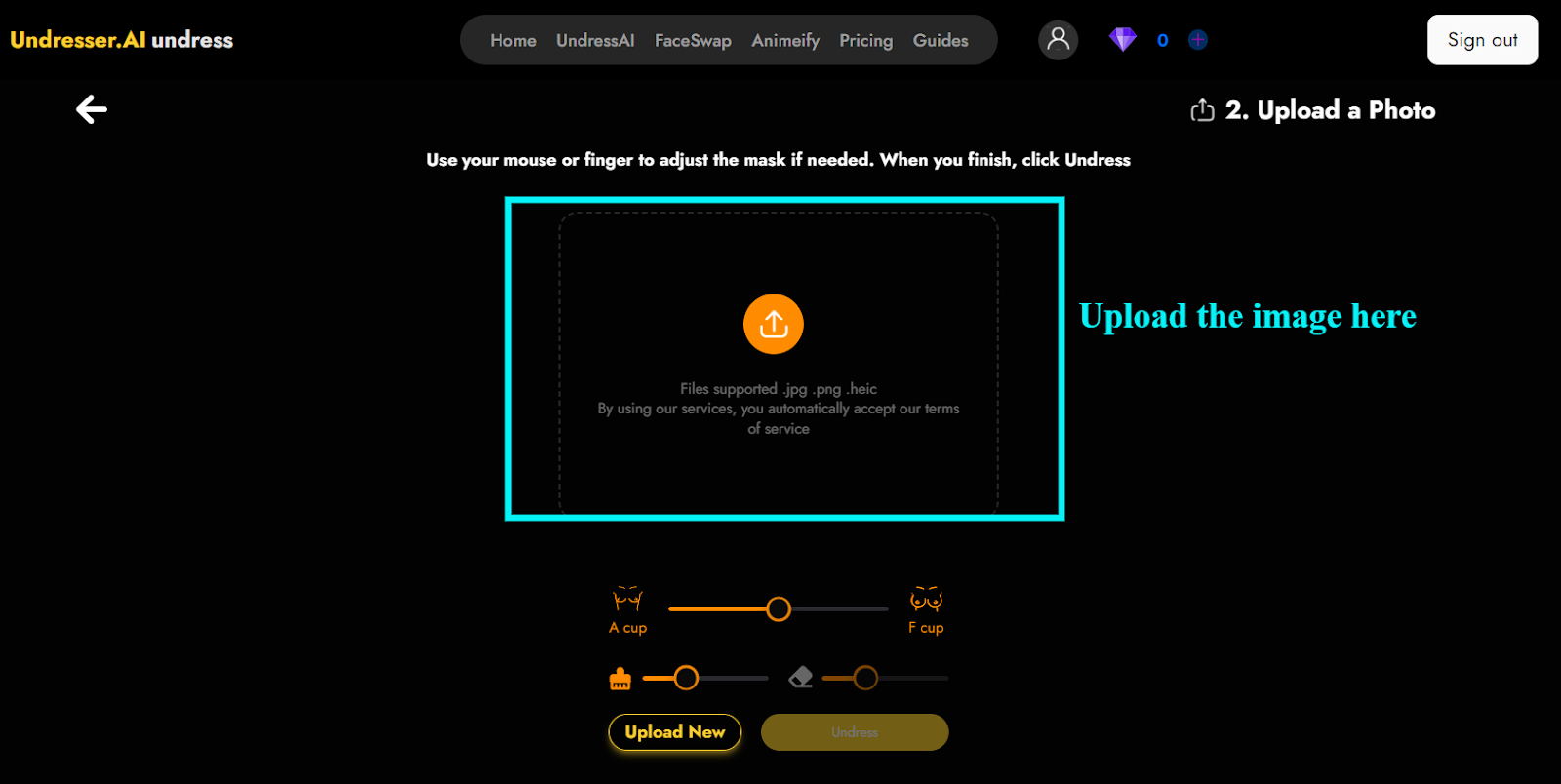Deepfakes and Celebrity Culture: When Public Figures Become Targets

Have you ever come across a video of your favorite star doing something completely out of character and asked yourself whether it wasn’t one of those deepfakes? Quite often that’s the case. In deepfake’s crazy planet, what you see does not have to necessarily be real, it is just that these days more and more celebrities are finding themselves at the mercy of this technology which changes reality.
For as long as I can remember, I have always been intrigued by the crossroads of technology and popular culture. Therefore, it has been both astonishing and frightening to see how artificial intelligence-generated deepfakes have been developed and are now in use by people worldwide.
You can think of it as a scenario from a science fiction film where instead of the special effects remaining on plasma screens only, they began appearing on our feeds. So without any further-a-do, please get coffee (or any other drink) and let’s jump in!
What are Deepfakes?

Deepfakes are synthetic media created using artificial intelligence, particularly deep learning algorithms. In order to develop compellingly realistic fake content, these algorithms go through a lot of information like images, videos and audio recordings. They have been used to switch faces, alter expressions and even create completely new material that appears and sounds eerily authentic. The term deepfake is a blend of deep learning and fake.
Though it has legitimate applications in the creative fields and entertainment, it also has created worries about possible misuse particularly in relation to the public figures and celebrities.

Why Celebrities are Prime Targets
Now I know you might definitely be wondering “Why are celebrities primarily targeted?” Well the reasons are quite simple. Celebrity images are the most appropriate candidatures for manipulation because:
- A lot of raw content is available: You should note that celebrities’ lives are always under surveillance meaning that there are numerous clips of them recorded over years. As a result, those making deepfake videos have a wealth of material.
- They grab attention: I mean, we all are kind of obsessed with celebrities. While a video of some everyday guy doing something strange might only get a couple of views, place Tom Cruise’s face on it and suddenly it becomes viral gold.
- The shock factor: It is surprising and interesting for everyone when our favorite public figure presents himself in an unprecedented manner. Watching such a scene is akin to being in a car accident, you understand it is not right but still can’t get your eyes off it.
- Provocative elements: In our clickbait-focused era, controversy is the key word for success. Therefore, what can be more controversial than a seemingly real video showing a popular person behaving or speaking insanely?
Real-World Incidents of Celebrity Deepfakes
Fascination around deepfakes finds ground in the fact that they come useful in both innovative and harmful ways. On one hand, we have those places where they are used for fun without causing any harm; on the other hand, some are detrimental especially if they are directed toward the famous people or persons who hold public offices.
- Rashmika Mandanna: Rashmika Mandanna who is a well-known actress in India recently got targeted by a deepfake video which became very popular making her audience very worried.
- Tom Hanks: Tom Hanks who is a well known actor and well-loved found out a deep fake video about himself that was promoting a dental plan and therefore alerted his social media followers about its inauthenticity.
- Mr. Beast (Jimmy Donaldson): Mr. Beast who is also referred to as Jimmy Donaldson in real life and The YouTube star was seen in a deepfake TikTok ad where they were lying about giving $2 iPhones.
- Scarlett Johansson: Scarlett Johansson has often been attacked with deepfakes, that included one well-known occasion when the Lisa AI app made a false video featuring her.
These events indicate the dangers of doing real damage as a result of deep fakes, such as ruining reputations or fleecing people of money.
Fighting Back: How Celebrities and Tech Companies are Responding
Before moving on with this conversation let us not think that there are only bad things happening around us; there is also positive information available about the fight of stars and big tech firms against the deep fake menace. Some stars have decided to act for themselves as well. Tom Cruise (yes he’s the real one!) is one of the artists who has begun working with some developers so as to generate legitimate deep fakes of himself. For them, they hope that flooding our world with “genuine” deep fakes will make distinguishing the real one from the fake one faster and easier.
https://x.com/AoDemocracies/status/1260149465069076480
Major technology companies such as Facebook, Twitter and Google are also taking up the challenge of fighting deepfakes by creating AI-powered software that can spot them and by enacting policies that prohibit such videos on their sites. It’s kind of reminiscent of playing whack-a-mole games online, only better.
When Deepfakes Are Used For Good
Here’s where things get really interesting (and a bit mind-bending). While we’ve talked a lot about the negative aspects of deepfakes, there are actually some potentially positive uses of this technology in the entertainment world.
This means that, it could be employed for the following:
- Create realistic simulations for medical training, allowing students to practice on virtual patients.
- Enhance movie production with realistic CGI, bringing historical figures or fictional characters to life.
- Reanimate historical figures for museum exhibits, making history interactive and engaging.
- Personalize advertisements by tailoring content to individual preferences, increasing engagement.
- Protect privacy by anonymizing faces and voices in sensitive media.
- Enable artists to explore new forms of expression by manipulating digital images and videos.
Using Deepfake Technology Safely and Responsibly
Undresser.ai is an AI-powered tool that allows users to remove clothing from images. While the technology is impressive, it’s crucial to use it responsibly.
Here’s a step-by-step guide:
- Log In: To access the software, go to https://undresser.ai/ and sign up or log in.
- Properly upload images: You should only upload pictures whose copyright you have permission to alter. Stop large files from causing any performance problems.
- Editing: Allow the AI to do its thing; however, be ready that good quality may take much more time.
- Review results: Thoroughly check the created illustrations for bugs or irregularities. You may undo any changes you made during the process.
- Honor privacy: Deepfakes should never be shared or sent to other individuals without seeking permission from them first.


Remember that practice leads to perfection! Do not be scared of trying new methods and styles, but remember that your actions must always be ethical and responsible.
| Dos | Don’ts |
|---|---|
| Obtain consent | Deceive viewers |
| Provide disclosure | Violate intellectual property |
| Respect privacy | Ignore potential consequences |
| Consider the impact | Distribute non-consensual deepfakes |
By understanding the technology, staying informed about incidents, and following best practices for safe and ethical use, we can navigate this evolving landscape responsibly. Tools like Undresser.ai offer exciting creative possibilities, but it’s up to us to use them with care and consideration for others.
Wrapping it up
Phew! We have really written about a lot of things here, isn’t it? One thing is clear; we have a compound and shifting issue from the basic such as the deep fake technologies to their impacts on the culture of celebrities and more.
As we proceed to this new world of digital manipulations, it is inevitable that the relationship existing between celebrities and their fans would never be the same again. A time has come when fiction and reality get more blurred than they ever before.
But you know? I am strangely positive! Yes, deepfakes pose serious problems. But at the same time they lead us towards becoming more reflective individuals; we are made to distrust our own eyes and not to accept everything at their face value. This is particularly important at a time when there is so much false information floating around.
So, the next time you see a video of your favorite celeb doing something utterly bonkers, take a moment. Pause. Think critically. And remember, in the age of deepfakes, seeing isn’t always believing.
Now, if you’ll excuse me, I’m off to watch that deepfake of Nicolas Cage in every movie ever. Hey, I never said I was perfect!
